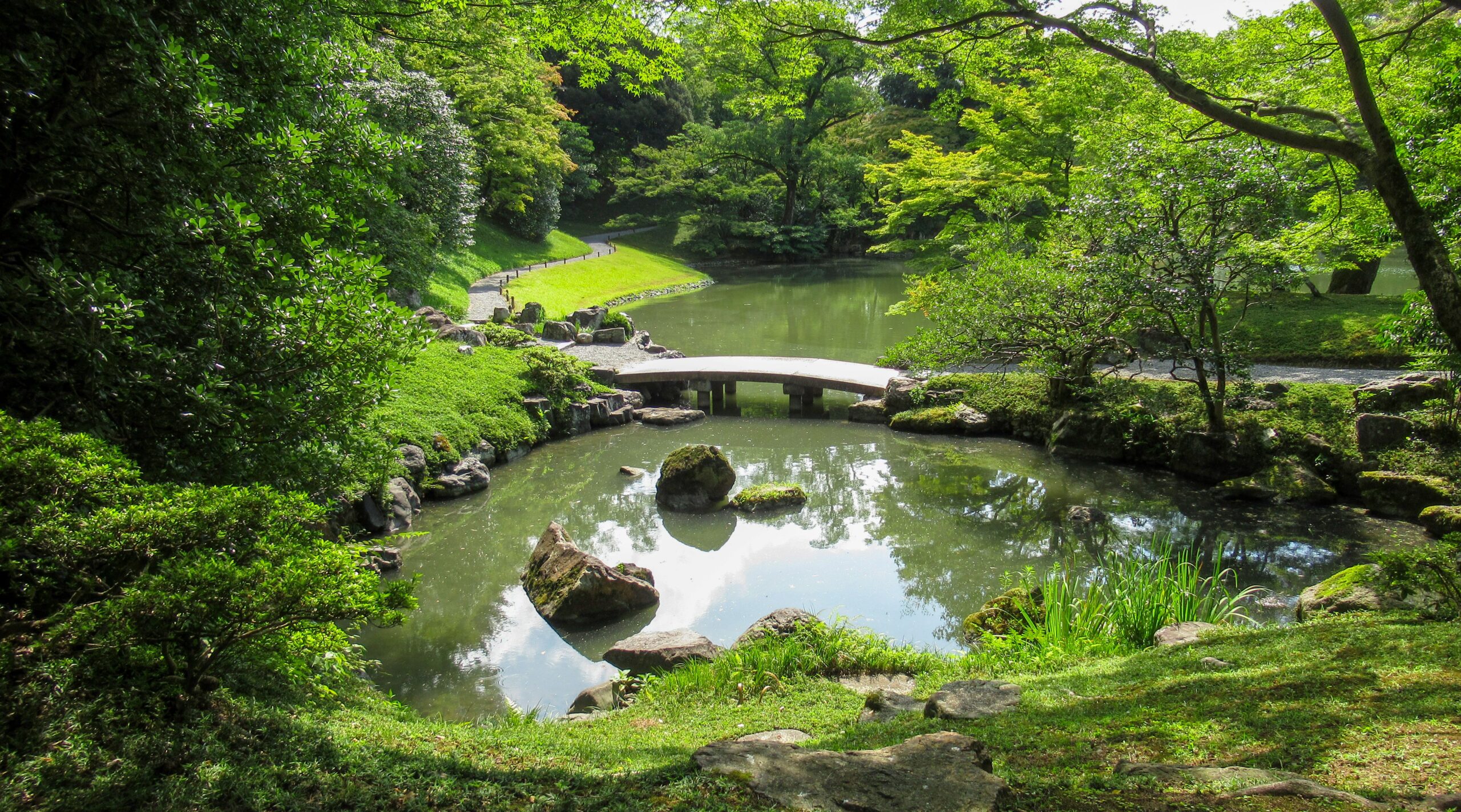Introduction
Sento Imperial Palace (仙洞御所, Sentō Gosho) is a captivating royal garden located within Kyoto Imperial Park, opposite the Kyoto Imperial Palace. Built in 1630 as a retirement residence for Emperor Gomizuno, it later became the palace for subsequent retired emperors. Although the original buildings were destroyed in a fire in 1854, the meticulously designed gardens remain intact, offering a perfect glimpse into imperial life and Japanese garden artistry.
Key Points About Sento Imperial Palace
- Constructed in 1630 as a residence for retired emperors
- Omiya Palace, built in 1867, stands on the original grounds
- Famous for its beautiful strolling gardens
- Visits require joining a free guided tour
- Tours last about one hour and are conducted in Japanese
- Audio guides available in several languages
A Deep History Steeped in Imperial Legacy
The history of Sento Imperial Palace dates back to the early 17th century. Initially built for Emperor Gomizuno’s retirement, it became the residence for subsequent retired emperors. Although a fire in 1854 destroyed the original structures, a new palace – Omiya Palace – was erected on the site in 1867. Today, Omiya Palace serves as lodging for imperial family members during their visits to Kyoto, continuing its royal tradition.
The Beauty of the Gardens
South Pond Area
The gardens of Sento Imperial Palace exemplify traditional Japanese landscape art. The South Pond area is renowned for its elegant water features and carefully arranged vegetation. Visitors can stroll along winding paths, admiring reflections in the pond and seasonal flowers.
North Pond Area
The North Pond area presents a different vista, complementing the South Pond. Its layout is more spacious, incorporating typical elements of Japanese gardens such as stone lanterns and uniquely shaped rocks.
Seikatei Teahouse
While visitors cannot enter the palace interiors, structures like the Seikatei teahouse are left open, allowing glimpses into imperial architectural design and style. These buildings showcase the essence of traditional Japanese architecture and offer a window into royal life.
Best Time to Visit
Spring (late March to May) and autumn (October to November) are the best seasons to visit Sento Imperial Palace. In spring, cherry blossoms paint the garden pink, while autumn brings a riot of colorful foliage. However, each season has its unique charm, from the lush greenery of summer to the serene snow-covered landscape of winter.
Getting There
From Kyoto Station, take the Karasuma Subway Line for about 10 minutes. Get off at either Marutamachi or Imadegawa Station. Both stations are about a 15-minute walk from the palace entrance and are conveniently located near Kyoto Imperial Park.
Hours and Admission Information
- Free guided tours are offered several times daily, except Mondays (or the following day if Monday is a holiday)
- Advance reservation required at the Imperial Household Agency office in Kyoto Imperial Park (open 8:40-17:00, closed Mondays)
- Online reservations possible through the Imperial Household Agency website, but spots are limited and must be booked several days in advance
- A limited number of same-day tickets are distributed at Sento Imperial Palace from 11:00 on a first-come, first-served basis
Visitor Tips and Advice
- Book in advance: To ensure a spot, book online or apply in person at the Imperial Household Agency office.
- Bring identification: A passport is required for reservation; don’t forget to bring it.
- Dress appropriately: While there’s no strict dress code, neat attire is recommended out of respect for the imperial site.
- Use audio guides: Although tours are in Japanese, audio guides in multiple languages are available for a deeper understanding of the garden’s history and culture.
- Photography etiquette: Photos are allowed in the garden, but be respectful of other visitors and don’t disrupt the tour.
- Arrive early: Tours start promptly; aim to arrive at the meeting point 15 minutes before the scheduled time.
Official Website
Conclusion
Sento Imperial Palace, with its rich historical background and exquisite garden design, offers an unparalleled opportunity to experience Japanese royal culture and traditional horticulture. Whether you’re a history buff, a garden design enthusiast, or simply seeking a tranquil oasis in the heart of Kyoto, Sento Imperial Palace is a must-visit destination. Stroll through the royal gardens, listen to the echoes of centuries of history, and immerse yourself in the essence of Japanese culture. Let’s explore this hidden royal gem in the center of Kyoto and embark on an unforgettable cultural journey!

Leave a Reply